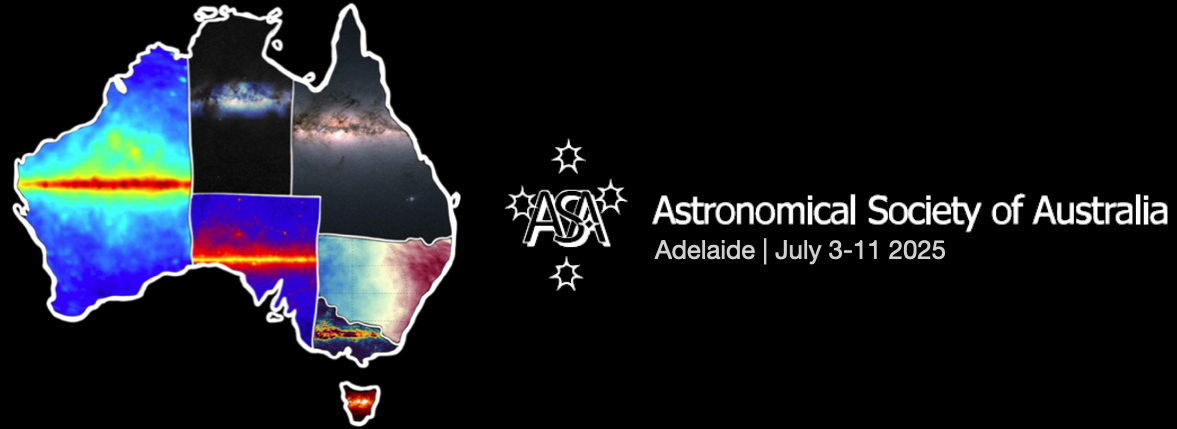Speaker
Description
Redshifts are crucial for nearly all extragalactic and cosmological studies. Upcoming wide-field surveys, such as the Evolutionary Map of the Universe (EMU), will catalogue millions of sources, making spectroscopic follow-ups unfeasible at scale. Though sensitive to band selection and availability, photometry yields redshifts (photo-$\textit{z}$s) for fainter sources while optimising telescope time. Using the extensive FourStar Galaxy Evolution Survey and spectroscopic redshifts (z$_{\text{spec}}$) for calibration, we employ the Bayesian SED-fitting tool CIGALE to derive photo-$\textit{z}$s up to z ~ 3 and assess their accuracy with limited data. By systematically reducing bands, we compare NMAD values between full and reduced-band fits to identify the minimal bandset for reliable estimates. We then examine the impact on stellar mass and star formation history derivation by analysing deviations from best-fit mock analyses and apply our findings to crossmatched EMU datasets. We find that photo-$\textit{z}$s from 6 well-spaced optical to mid-IR bands remain robust compared to full-band (> 27 bands) estimates, reaching accuracies of NMAD$_{full}$ = 0.013 with η = 1.46% catastrophic errors and NMAD$_{6bands}$ = 0.038, η = 2.55%. We derive reliable parameters using our minimal bandset, though our reduced framework performs best in a redshift range 0 < z < 1.5. Here, we discuss how these results optimise scientific return for single-point EMU radio sources with sparse overlapping data and outline the broader potential of minimal-band SED fitting.

